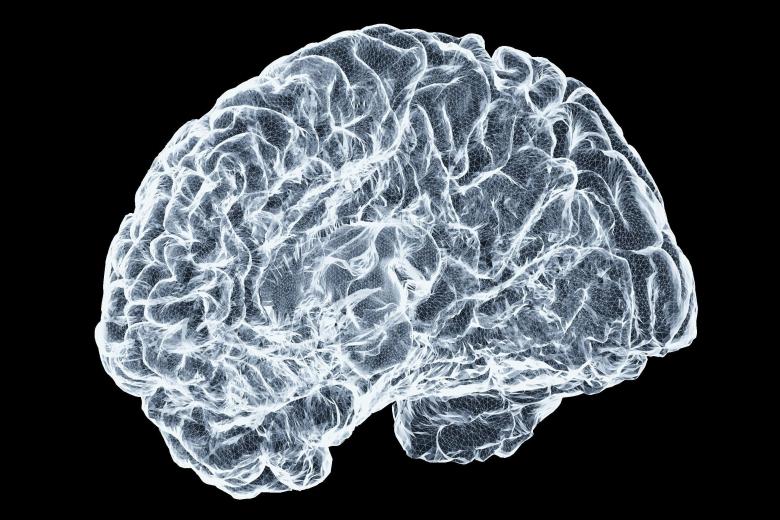Early miscarriages are often caused by genetic abnormalities
Nine out of ten miscarriages happen in the first three months of pregnancy. Researchers at Maastricht University Medical Center have found that in 70% of these cases, the embryo has a genetic abnormality. ‘It seems that nature determines at an early stage which embryos will develop into a healthy baby and which will not,’ says lead researcher Masoud Zamani Esteki. The technique the researchers used may improve the accuracy of the NIPT test, which detects genetic abnormalities. The findings were recently published in the journal Nature Medicine.
Zamani Esteki and his team studied 1,745 miscarriages, all in the first three months of pregnancy. They used a technique known as haplarithmisis, which was developed by Zamani Esteki. Until now, it was thought that around half of all miscarriages in the first three months of pregnancy were due to chromosomal abnormalities, but Zamani Esteki’s technique revealed abnormalities in as many as 70% of early miscarriages. ‘These findings are not only medically relevant, but also an important message for people who have had a miscarriage,’ said lead researcher Zamani Esteki. ‘They often feel guilty, when in fact there’s nothing they can do about it.’
Natural selection
Haplarithmisis enables researchers to trace the point at which the genetic errors have arisen: either during the formation of sperm and egg cells, or only after fertilisation. In the first case, there is a greater chance that the genetic defects will occur in the embryo, resulting in health risks for the fetus. If the errors only occur after fertilisation, abnormal cells are more likely to move to the placenta, where they do not affect the development of the fetus, and the risk of miscarriage is smaller. ‘In miscarriages in the first trimester, genetic abnormalities appear to be more likely to occur in the embryo, causing the pregnancy to spontaneously terminate,’ says Zamani Esteki.
More accurate NIPT test
The NIPT test offers expectant parents the opportunity to detect genetic abnormalities in their unborn child by testing the mother’s blood, which contains DNA from the embryo. However, sometimes the test detects abnormalities in the placenta that have no effect on the pregnancy, creating an inaccurate impression of the health of the embryo. By integrating techniques such as haplarithmisis into the NIPT test, the number of such ‘false positive’ results can be significantly reduced.
Zamani Esteki's group is currently working on a more extensive NIPT test, which can detect more types of genetic abnormalities and reduce the number of false positive NIPT results. PhD candidate Rick Essers, who conducted the research on the genetic abnormalities, says this will offer important benefits: ‘Fewer expectant parents will then face the difficult choice of whether or not to undergo invasive tests (amniocentesis or chorionic villus sampling). These tests are emotionally and physically taxing and may pose risks to the unborn child.’
The new insights will also influence pre-implantation genetic testing (PGT). This involves testing embryos in vitro for genetic abnormalities before they are implanted in the womb, especially in people at high risk of having children with genetic abnormalities. With the new technique, embryos that were previously incorrectly categorised as abnormal can now be classified as healthy. The improved selection criteria for healthy embryos are expected to reduce the risk of miscarriages after implantation and the unnecessary rejection of embryos.
Unknown causes
Zamani Esteki’s team are continuing their research to determine the causes of the remaining 30% of early miscarriages, for which the reasons remain unknown. ‘In this way we hope to gain even more insight into the causes of early miscarriages so that in the future we are better able support people who want to have children,’ Essers says.
Also read
-
Study Smart gets Dutch Education Premium
Maastricht University's (UM) interfaculty educational innovation project Study Smart is one of the three winners of the Dutch Education Premium 2025. This was announced on Tuesday during the Comenius festival in The Hague.

-
Most prestigious European grant to two UM scientists
Two Maastricht University professors are to receive the most prestigious European research grant for individual researchers: an ERC Advanced Grant, worth over €2.5 million. They are Lorenzo Moroni (MERLN) and Alexander Sack (FPN).

-
New insight into the role of brain changes in psychiatric disorders
It has long been known that in some psychiatric disorders certain parts of the brain show slight abnormalities. However, it was unclear whether these brain changes are caused by the illness itself, by medication, or by smoking. In a recent study, scientists at Maastricht University and Amsterdam UMC...
